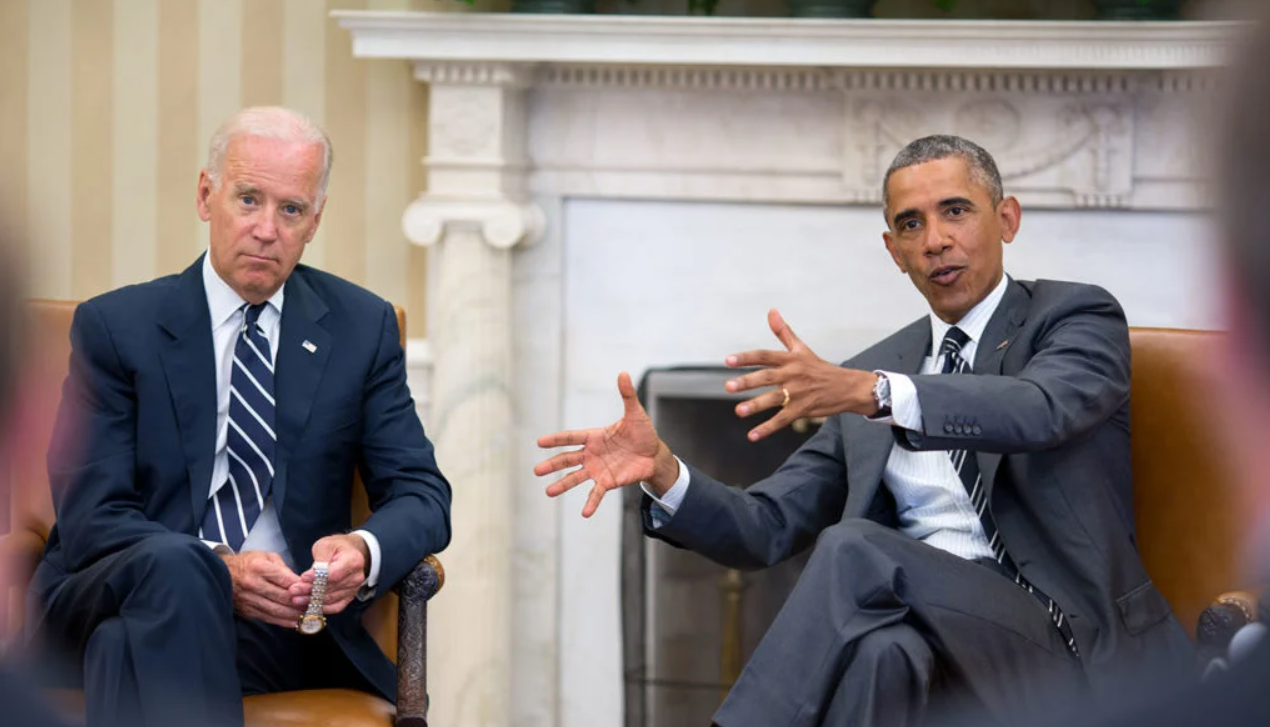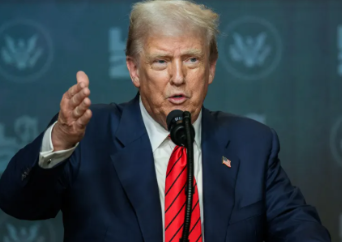Resonate data shows key 2024 Biden-to-Trump voters—especially in swing states—are now showing signs of disapproval over Trump’s tariff-heavy agenda.
What to Know
- 7.9 million Americans voted for Biden in 2020 and switched to Trump in 2024, but Resonate analysis shows cracks forming over economic policy.
- A significant share of these “pivot voters” cite tariffs as a key concern, with 28% saying tariffs are very likely to impact their 2024 decision.
- Inflation, affordability, and job security continue to be the top issues for this group, eclipsing cultural or partisan concerns.
- Trump’s base is not uniform: voters in key districts are economically moderate and wary of policies perceived to raise prices.
- Campaigns focusing on economic pragmatism—especially on trade—could peel off disillusioned Trump voters in battleground states.
A potentially serious divide is emerging among 2020 Biden-to-2024 Trump supporters, according to a recent behavioral intelligence report from Resonate. This divide is primarily focused on tariffs and the wider economic ramifications of Trump's trade-first policy. While these voters were critical to Trump’s 2024 win, new data suggests they may be more economically sensitive than partisan loyalty suggests.
The Economic Profile of the Pivot Voter
According to Resonate’s 2025 voter insights, the bloc of 7.9 million Americans who supported Biden in 2020 but backed Trump in 2024 are not culturally aligned MAGA voters. Instead, they’re pragmatic, economically driven swing voters. They tend to be middle-income, inflation-sensitive, and deeply concerned with the personal cost of living. Many live in battleground districts and formerly Democratic counties where economic messaging resonates more than ideological talking points.
Data from Resonate
Tariffs, which Trump has positioned as a core tool for “protecting American jobs,” are now being flagged by nearly 28% of these pivot voters as a reason they may reconsider support in 2028. The concern isn’t ideological—it’s economic. Tariffs are increasingly seen by this group as a hidden tax that raises prices on goods and threatens job stability in sectors reliant on global supply chains.
Key States and Strategic Implications
Resonate’s data pinpoints critical divisions emerging in swing states like Wisconsin, Michigan, Pennsylvania, and Arizona—states that were instrumental in delivering Trump the presidency through the support of 7.9 million Biden-to-Trump voters. Now, a significant portion of these voters—3.7 million of them—oppose Trump’s proposed tariffs, including steep new levies such as a 145% tariff on Chinese goods and 100% tariffs on foreign-made films.
Data from Resonate
Even though 1.7 million of these pivot voters are in favor of the tariffs, their opinions are very different from those of the opponents. Concerns about rising consumer prices, trade retaliation, and general economic instability are among the reasons given by tariff skeptics in battleground regions, who are typically older and wealthier voters. This group appears sensitive to what Treasury Secretary Scott Bessent called Trump’s “uncertainty strategy,” viewing it less as bold negotiation and more as economic unpredictability.
Supporters, by contrast, are more likely to be younger, male, and lower-income, and many remain supportive despite personal financial risk. Their loyalty appears driven less by economic calculations and more by foreign policy positioning, particularly a belief that China poses a serious threat to U.S. prosperity.
Image generated by DALL-E
For both groups, these are not partisan divides. Many still identify as Independents or swing voters, and their concerns suggest the tariff issue could become a pivot point in future elections, especially in regions where small margins determine outcomes.
Fractures in the Coalition
Although the GOP is framing Trump’s 2024 win as a mandate for a new political alignment, Resonate’s data underscores just how tenuous that coalition may be. The 7.9 million Biden-to-Trump supporters who gave him important states are not a homogeneous group; the majority of them don't always identify with either major party and have strong disagreements on issues like national security, inflation, and trade.
President Donald Trump on the White House grounds in 2020. Andrea Hanks / The White House
Roughly half of both tariff supporters and opposers call themselves swing voters. Many aligned with Trump not out of party loyalty, but because they felt he addressed their top issues—whether that was crime, immigration, online privacy, or distrust of China. But the tariff divide reveals that economic anxiety is once again driving political volatility.
Pro-tariff messaging, while resonating with younger, lower-income men who see China as a top threat, risks alienating older and more affluent voters who prize financial stability and predictability. These internal tensions present an opportunity for both Democrats and third-party candidates to make inroads—particularly if they offer focused economic messaging centered on cost of living, predictable governance, and trade alternatives that don’t spike household expenses.
Wrap Up
Resonate’s analysis sends a clear signal heading into 2028: the Biden-to-Trump voting bloc is unstable—and watching. While Trump’s tariff agenda may play well with certain segments of his base, it is actively repelling others who helped deliver his 2024 victory. The split over tariffs isn’t just economic—it’s generational, ideological, and deeply personal, rooted in differing levels of financial risk, foreign threat perception, and tolerance for uncertainty.
For campaigns hoping to compete in battleground states, the path forward doesn’t lie in polarizing rhetoric, but in clear, credible plans to stabilize prices, protect incomes, and manage global trade relationships without passing the cost to voters. These 7.9 million swing voters may not align neatly with any party—but their priorities are consistent. And they’re up for grabs.





